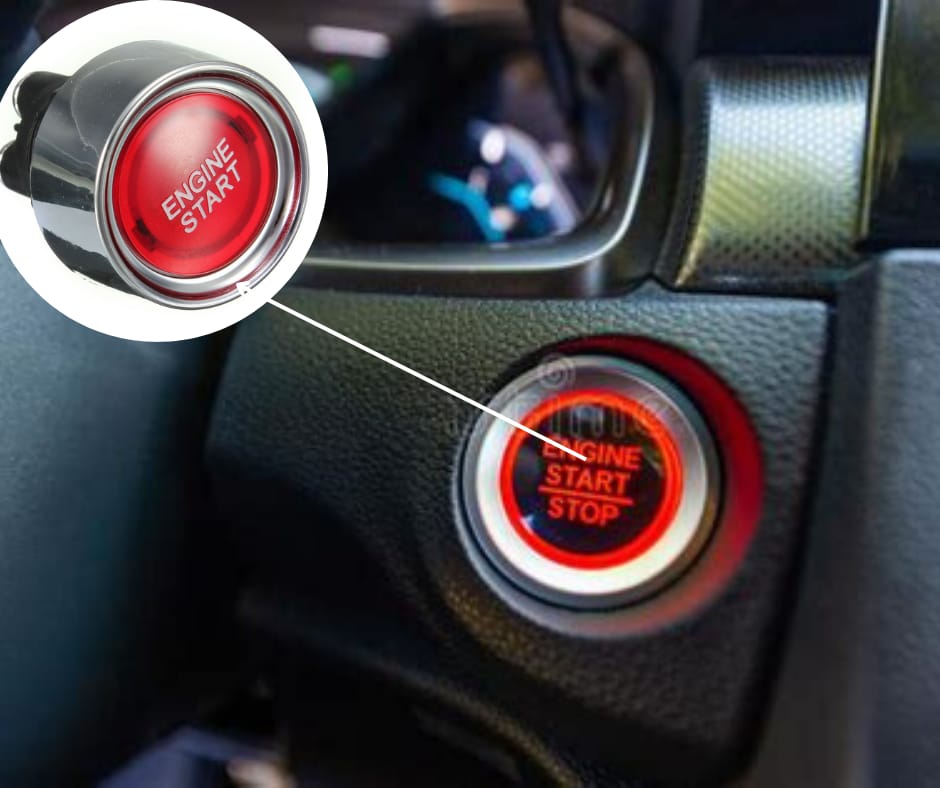Exploring the Benefits of Push to Start Technology

Dive into the modern convenience of push to start technology and discover how it reshapes the driving experience.
The Evolution of Car Ignition Systems: From Key to Button
The journey from traditional mechanical keys to the sleek push to start button reflects significant advancements in automotive technology. Initially, car ignition relied on mechanical keys to start the engine, a method that has been in place for over a century. However, as technology progressed, the industry saw the integration of electronic systems, culminating in the push to start feature. This evolution not only streamlined the ignition process but also paved the way for additional features that enhance both convenience and security for drivers.
The push to start system eliminates the need to fumble with keys, offering a seamless start-up with just the press of a button. The transition to push-button ignition is also a response to the growing demand for simplicity and efficiency in vehicle operation, marking a significant milestone in the user experience of car owners.
Enhancing Vehicle Security with Push to Start Technology
Push to start technology significantly elevates vehicle security, primarily through the use of smart keys and keyless entry systems. These advanced keys communicate with the car's security system via radio waves, allowing for an encrypted exchange that's much harder for potential thieves to intercept and replicate. The system typically requires the smart key to be within a certain proximity of the vehicle, ensuring that only an authorized user can start the engine.
Additionally, the push to start mechanism can be integrated with anti-theft systems, immobilizers, and alarm systems to create a multi-layered security approach. This makes hot-wiring or other traditional methods of car theft nearly obsolete, providing owners with peace of mind regarding the safety of their vehicles.
The Impact of Push to Start on Driver Convenience
Push to start technology streamlines the driving experience by offering unparalleled convenience. Drivers can keep their smart key in their pocket or purse, and the vehicle will unlock as they approach and start with a simple push of a button. This hands-free operation is particularly beneficial when one's hands are full or in inclement weather, making the process of entering and starting the car much more effortless.
Moreover, push to start systems often come with additional convenience features, such as memory settings for seating and mirrors, personalized climate control, and multimedia preferences, which activate upon recognizing the specific smart key. This level of personalization adds a layer of comfort and ease to each driving experience.
Comparing Push to Start with Traditional Keys: A Detailed Analysis
When comparing push to start systems with traditional mechanical keys, several factors stand out. Mechanical keys are familiar and straightforward but can wear out over time, become lost, or break within the ignition. On the other hand, push to start systems are modern and sophisticated, offering increased security and convenience. However, they rely on battery-powered smart keys, which can present challenges if the battery dies unexpectedly.
In terms of cost, replacing a smart key can be significantly more expensive than duplicating a traditional key. Additionally, the push to start system is more complex, potentially increasing repair costs if issues arise. Despite these considerations, many drivers find the benefits of push to start technology—a keyless, secure, and convenient ignition system—to outweigh the drawbacks.
Future Trends and Innovations in Vehicle Start Systems
Looking to the future, the evolution of vehicle start systems is poised to continue leveraging cutting-edge technology. We are likely to see further integration with mobile devices, allowing drivers to start their cars using a smartphone app, enhancing both convenience and security. Biometric systems, such as fingerprint or facial recognition, are also on the horizon, potentially making the push to start button itself obsolete.
The rise of electric vehicles (EVs) and the increasing focus on autonomous driving technology could redefine the concept of 'starting' a car altogether, as systems become more automated and reliant on software. As the automotive industry continues to innovate, the methods by which we interact with our vehicles will undoubtedly become more advanced, intuitive, and secure.

 Loading..
Loading..